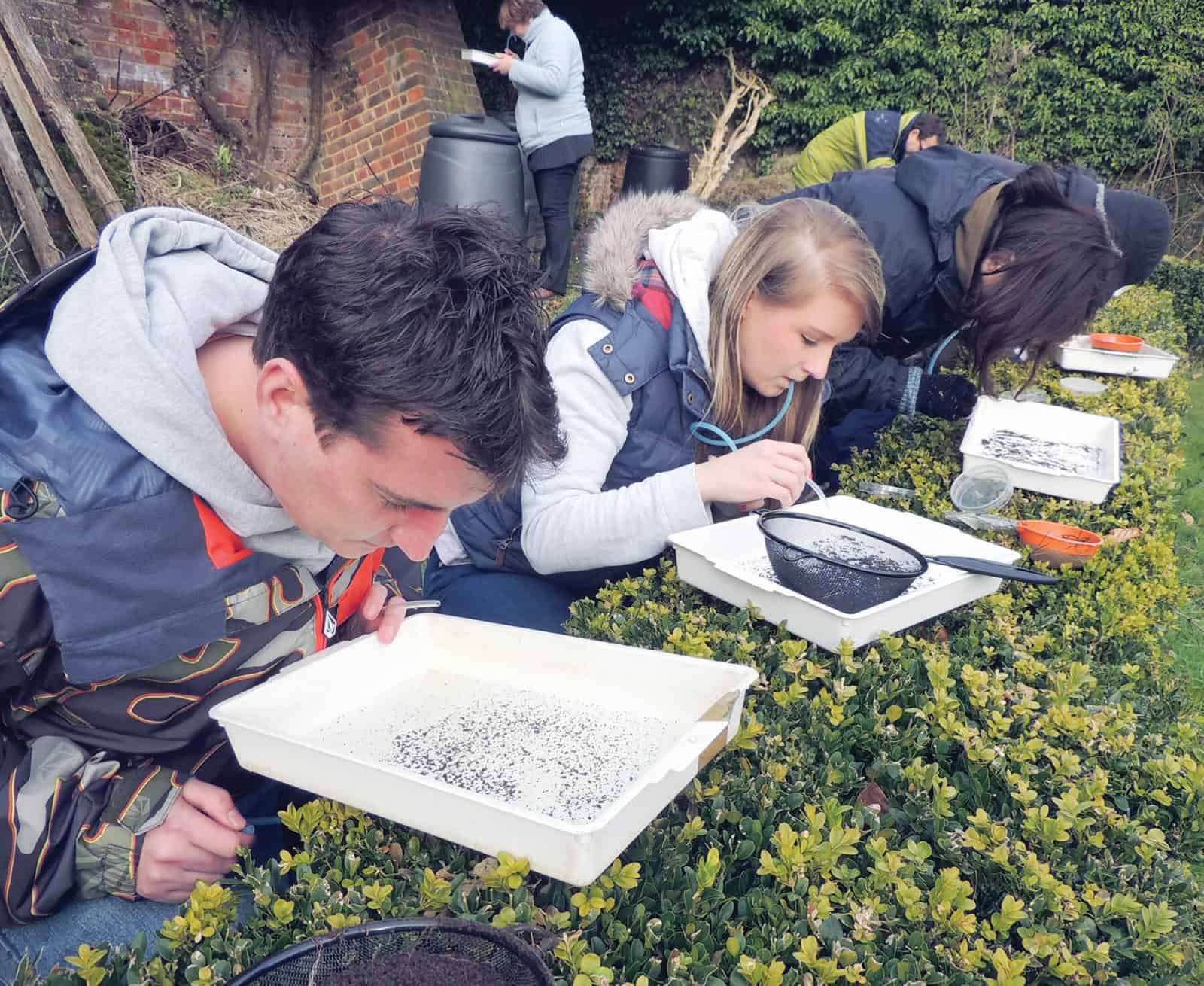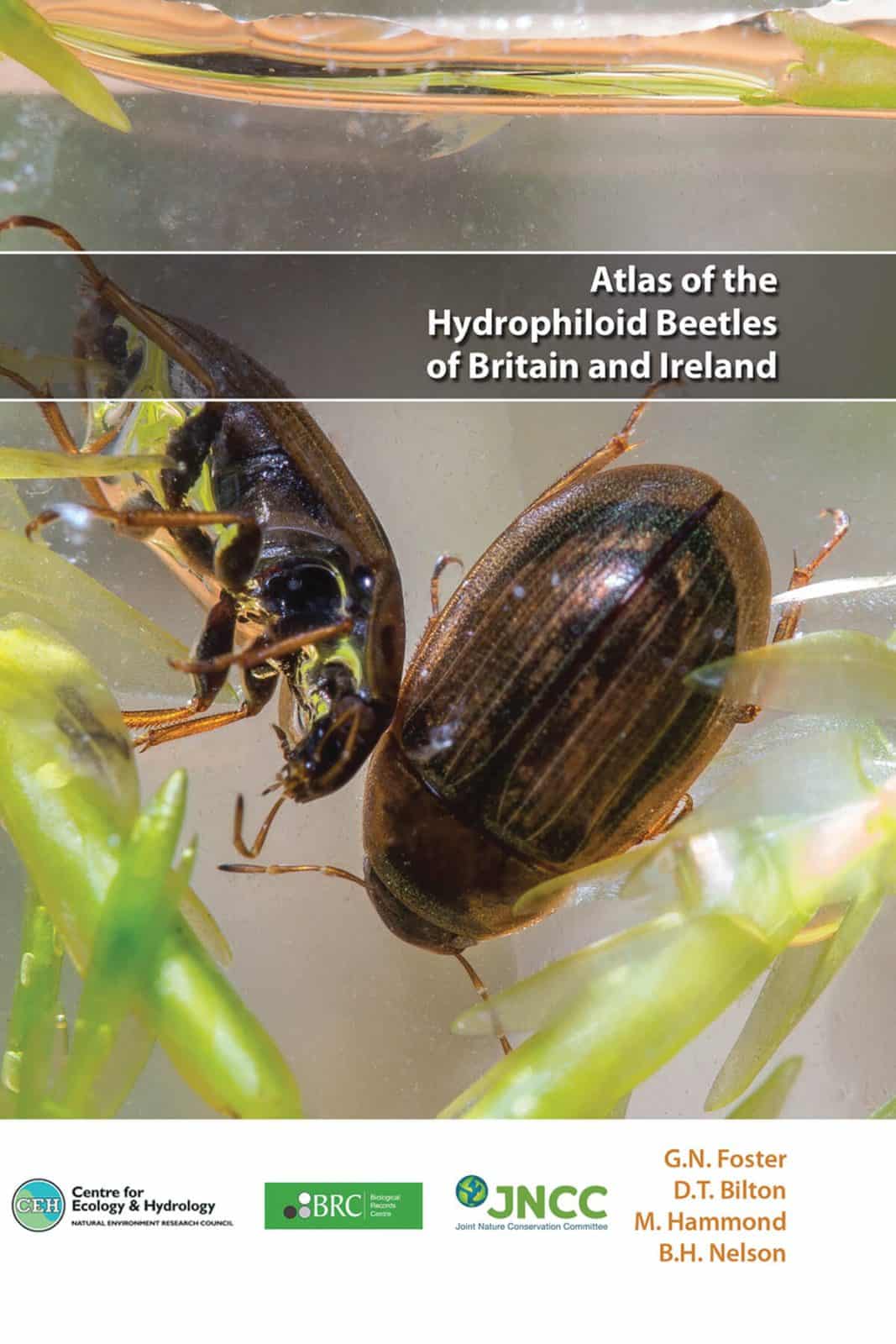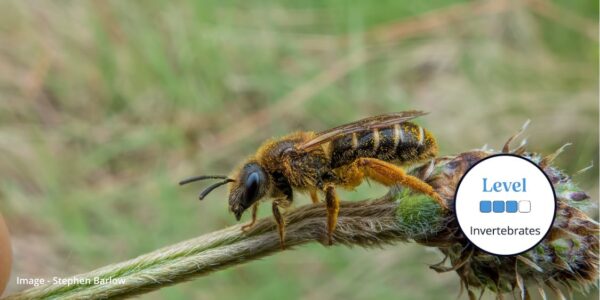Hydrophiloid beetles atlas
The BRC Hydrophiloid beetles atlas covers 104 species in the superfamily Hydrophiloidea. This group consists of five families. In detail these are Helophoridae, Georissidae, Hydrochidae, Spercheidae and Hydrophilidae
Coverage extends to all of Britain and Ireland, including the Channel Islands and Isle of Man. The distribution maps split records into two time periods. But this volume is not just a set of maps. Rather the authors have also highlighted current gaps in knowledge. Each species account discusses life-cycle, habitats and taxonomy. Where possible genetic information is outlined, although information on karotypes is currently still patchy. There are colour photographs throughout. There is also a table of threat and rarity status by species.
Although sometimes dubbed the scavenger water beetles, not all these beetles are aquatic. There are also some terrestrial species, occurring mostly among dung and other organic debris. Unlike the Hydradephaga, most species move through water by walking and floating. Relatively few species can swim or dive. This also means that hydrophiloid beetles are often easier to capture. Using a pond net or kitchen sieve among marginal vegetation is often sufficient. Sample dung with a tray, spoon and forceps. In addition many species fly and will come to light. Finally some hydrophiloids produce readily audible noises by stridulation. But whether all hydrophiloids make noise is still unknown. A secondary challenge is to identify the ways in which the noise is used.
The present recording scheme began in 1979. This atlas draws on around 149,000 records. Over 670 individual recorders have provided data. Support comes from Biological Records Centre, National Biodiversity Data Centre and CEDaR.



